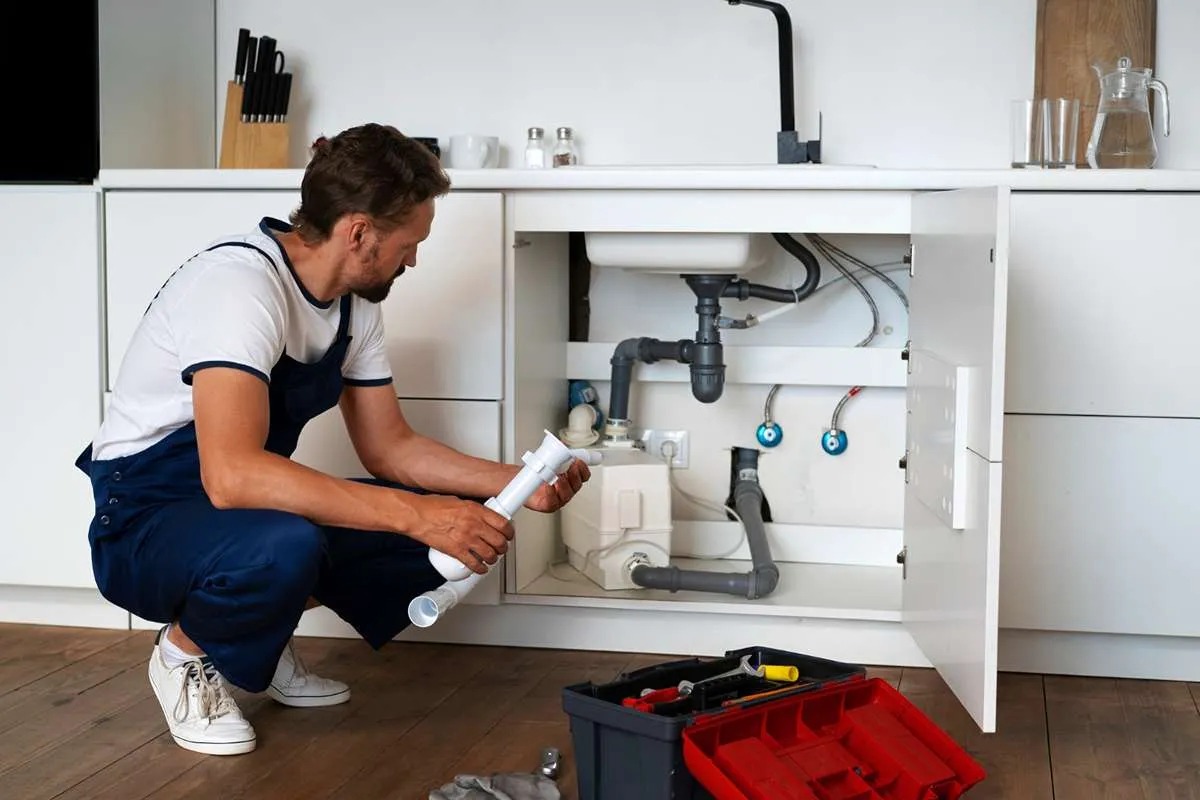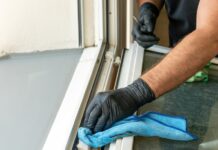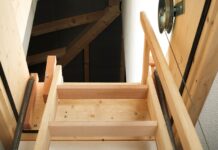Homeowners with a penchant for DIY projects are known to take on just about anything. That’s not me. I’m not a big DIYer, and I’m especially averse to plumbing.
I don’t do any kind of plumbing except for unclogging drains. For everything else, I call a plumber. Even if I tried to do the work myself, I know nothing about local plumbing codes.
What are plumbing codes? Why do they matter? If you are DIYer with a major plumbing project on your mind, be aware that the work you intend to do might be subject to local and state codes. Look into it before you get started.
The Codes and What They Accomplish
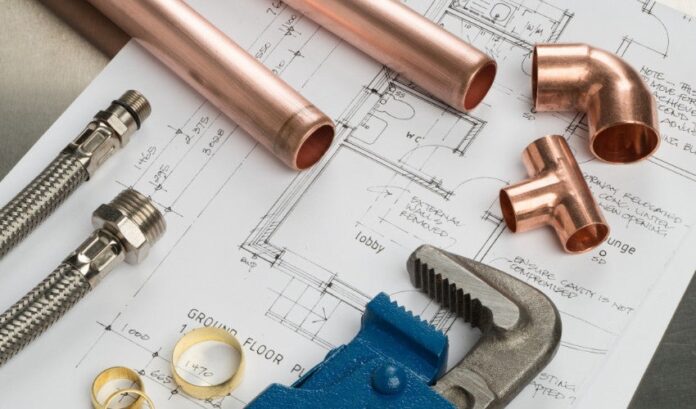
Plumbing codes are essentially sets of rules and standards designed to ensure that residential and commercial plumbing systems are safe for both people and the local environment. The states and local municipalities establish the codes and are enforceable under the law.
There are no universal federal plumbing codes simply because the federal government does not have the constitutional authority to establish them. Instead, that authority rests with the states.
It is worth noting that the federal government introduced the National Plumbing Code in 1955. It was intended to be a guide the states could follow as well as the standard for plumbing in federal buildings.
The government officially adopted the Uniform Plumbing Code (UPC) as the standard for plumbing in all federal buildings as of 2024.
The Purpose of the Codes
Safety is the first objective of state and local plumbing codes. Officials want to prevent drinking water contamination through backflow protection, cross-connection control, and proper material use.
They don’t want safe drinking water being made unsafe by improper plumbing.
In addition, plumbing codes ensure:
- Plumbing installations do not compromise building structures
- Water waste is reduced through efficiency regulations
- Systems are designed with uniform standards
That third point is important from both an installation and repair standpoint. Standards make working on plumbing systems easier for both plumbers and property owners. Inspections are easier as well.
What Plumbing Codes Typically Cover
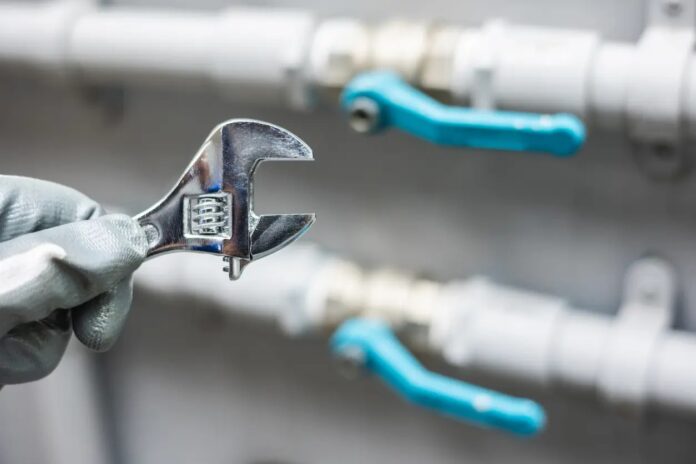
Superior Water & Air is a Utah HVAC and plumbing contractor with offices serving two areas of the state: the Salt Lake City region in the north and Washington County in the south.
They explain that local plumbing codes can differ from one municipality to another. State codes are uniform throughout the state’s jurisdiction.
Superior further explains what plumbing codes typically cover:
- Materials, pipe sizes, and installation methods
- Requirements for both venting and drainage
- Backflow prevention (to prevent contamination)
- Water heater, appliance, and fixture installations
- Plumbing access and shutoff
- Inspection requirements (including permits and protocols)
One would expect a company like Superior Water & Air to both know and understand all state and local plumbing codes applicable to their work. On the other hand, a DIY homeowner might be clueless when it comes to local codes.
When Work Requires Permits
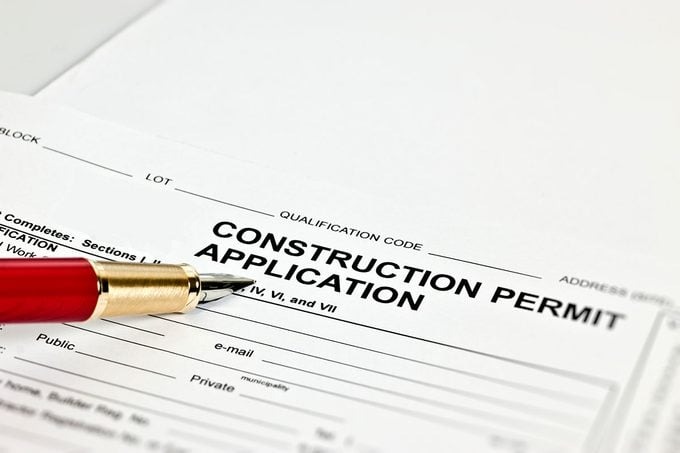
The thing that trips up most DIY homeowners is the permitting process. For example, do you know what types of work in your local area require a permit?
Virtually any major plumbing job needs one. In contrast, you don’t need a permit to unclog the kitchen sink.
DIY plumbing is not for the faint of heart. Anyone looking to give it a shot should check out local and state plumbing codes first. Where codes are applicable, they need to be followed.
Failure to do so could mean serious fines and other penalties. Authorities are serious about code enforcement, so why take any chances with DIY plumbing?

